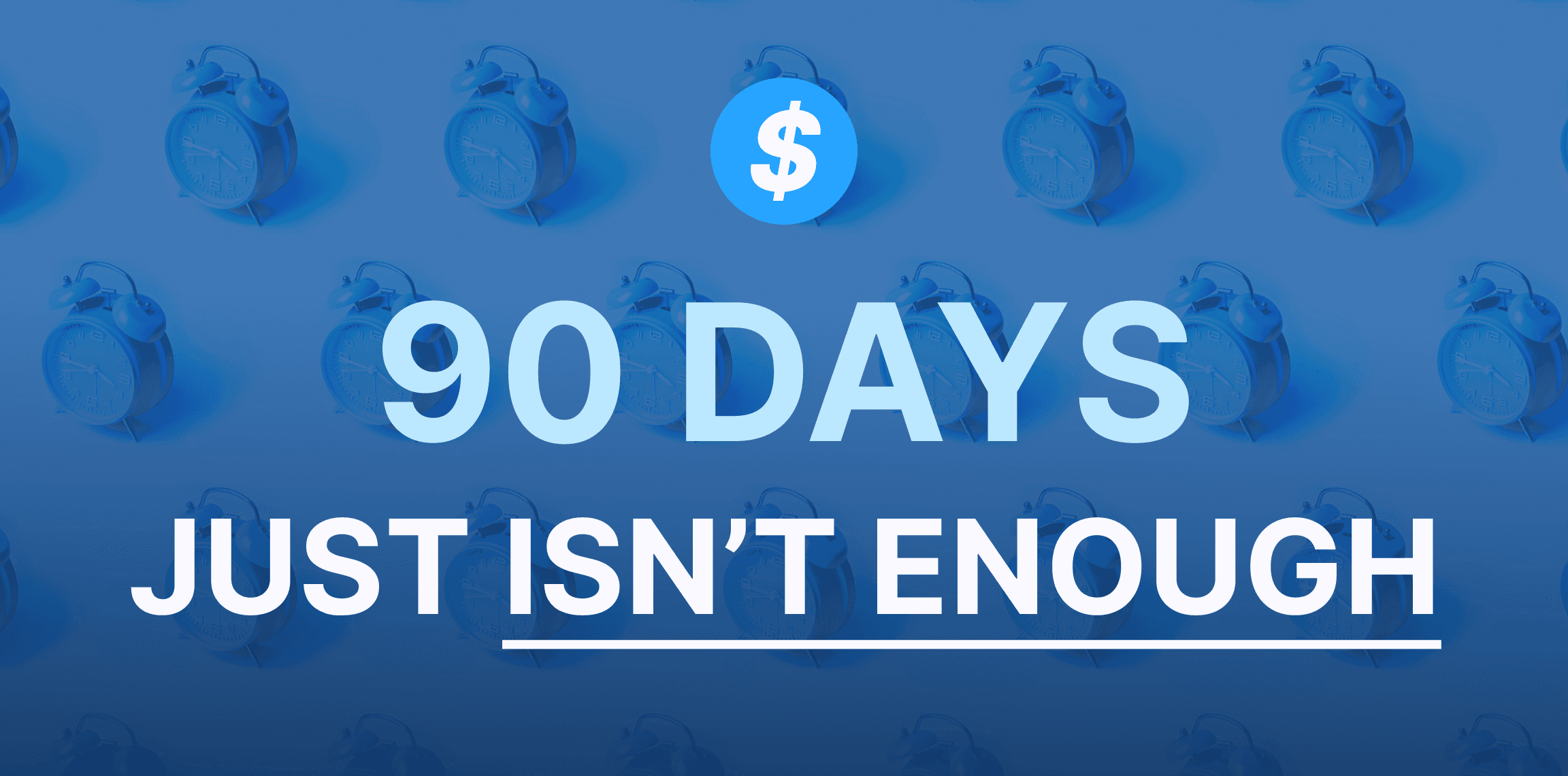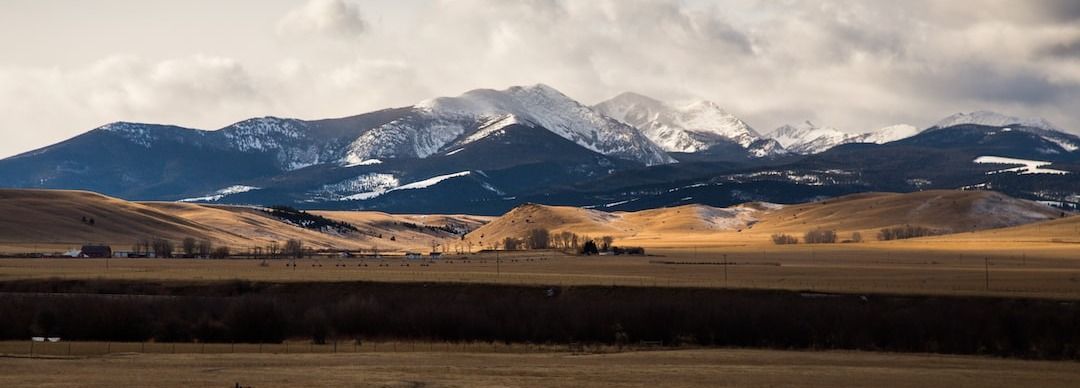Think you can complete your BEAD application in 90 days? Think again.
January 18, 2024
If you're waiting for your state's application, you'll be too late.

Broadband Money is going to highlight key concepts outlined in the National Telecommunication and Information Administration's Broadband Equity, Access, and Deployment Notice of Funding Opportunity released last Friday. The NTIA placed significant emphasis on ensuring that states, the District of Columbia, and U.S. territories engage in local coordination when putting together their grant applications for the infrastructure funding.
The NOFO outlines five components of local coordination: Geographic coverage; diverse stakeholder groups; awareness, outreach, and participation mechanisms; transparency; and underrepresented engagement.
Local coordination at the geographic level entails ensuring that all political subdivisions and applicable Tribal governments are engaged by the the states, DC, and U.S. territories, which the NTIA calls "eligible entities." Each subdivision and tribe must be given on opportunity to comment and make their perspectives known on the various plans and proposals suggested by the entity.
Furthermore, cross-sectional input from a diverse collection of stakeholder perspectives is also required; the NTIA listed more than a dozen categories of stakeholders, including but not limited to the following groups:
The NTIA also required efforts be made to promote awareness, outreach, and participation. To do this, they stated that eligible entities engage with all the aforementioned groups to implement both in-person and virtual listening sessions and public meetings, create eligibility websites, craft informational materials, engage people through social media, utilize both email and traditional mail to contact stakeholders, etc.
The NOFO also outlines best practices for transparency, including easily navigable and up-to-date websites, periodic reporting to stakeholders, and publicly posting and promoting their plans and opportunities for comment.
The final area the NTIA referenced under local coordination was underrepresented engagement, which included targeted efforts to seek out engagement from “communities that have historically faced barriers in participating in federal programs.” The NTIA listen the following examples of how entities may be able to engage with such communities:
This opportunity differs from the federal government's previous efforts to encourage the rollout of universal broadband because it actively requires state level governments to constantly engage with local and marginalized communities instead of letting incumbent telecom operators plan those networks without that local input.
This is the first of a series of brief blog posts that examine key concepts in the NTIA's BEAD NOFO.

January 18, 2024
If you're waiting for your state's application, you'll be too late.

January 09, 2024
The big sky state joins a small list of eligible entities that have kicked off their broadband challenge process.